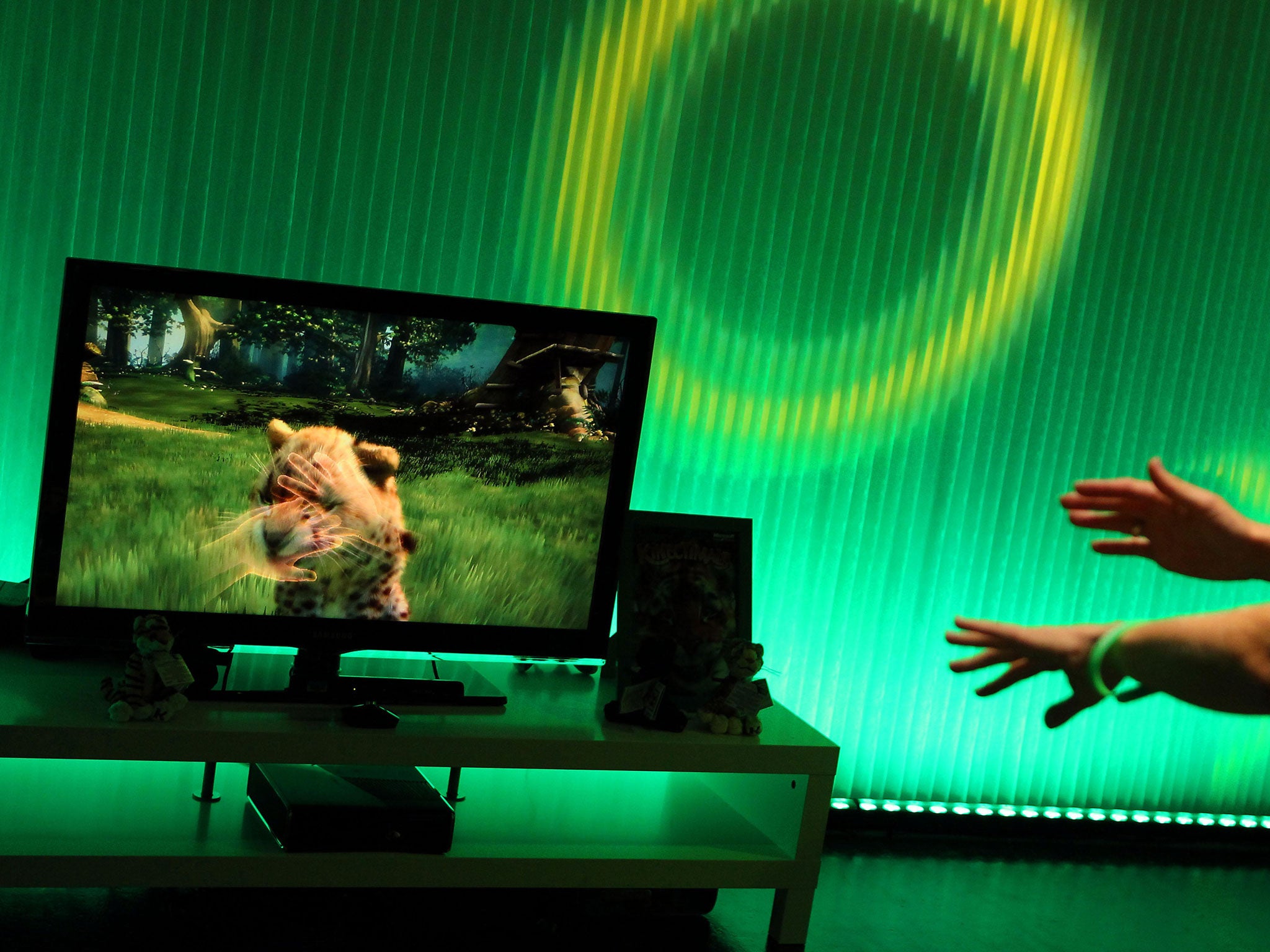Doppler effect: Could it be the future of computer navigation?
Microsoft had originally developed the concept for its Kinect technology

Your support helps us to tell the story
From reproductive rights to climate change to Big Tech, The Independent is on the ground when the story is developing. Whether it's investigating the financials of Elon Musk's pro-Trump PAC or producing our latest documentary, 'The A Word', which shines a light on the American women fighting for reproductive rights, we know how important it is to parse out the facts from the messaging.
At such a critical moment in US history, we need reporters on the ground. Your donation allows us to keep sending journalists to speak to both sides of the story.
The Independent is trusted by Americans across the entire political spectrum. And unlike many other quality news outlets, we choose not to lock Americans out of our reporting and analysis with paywalls. We believe quality journalism should be available to everyone, paid for by those who can afford it.
Your support makes all the difference.A computer science student has used the famous Doppler effect to control a computer using only hand gestures, making a website that allows you to try it out.
The Doppler effect, named after Austrian physicist Christian Doppler who proposed the theory in 1842, is a well-documented phenomenon in physics that causes a change in the frequency of a wave as the source moves closer to the observer.
The idea of using the Doppler effect to interact with your computer using just a microphone and speakers was originally explored by a Microsoft research team in in 2012.
The technique itself is fairly simple: an inaudible, high-frequency tone is emitted by your speakers. When the soundwave reflects off moving objects (your hand), the frequency shift is interpreted by the microphone and recognised as a gesture by the computer.
The Microsoft team were successful in using a wide range of gestures that included scrolling, taps, pinches and rotation. However, the science was never really seen as anything more than a supporting act for the company’s Kinect sensor, which uses camera technology to detect movements.
Rapp read the Microsoft research paper and set out to replicate the results. He has now built a webpage with a number of Doppler demos embedded.
So long as you have a working microphone and speakers in your laptop, and you’re running Google Chrome, you can scroll up and down the page, play a Theramin or just watch the computer track you waving your hands around.
Join our commenting forum
Join thought-provoking conversations, follow other Independent readers and see their replies
Comments